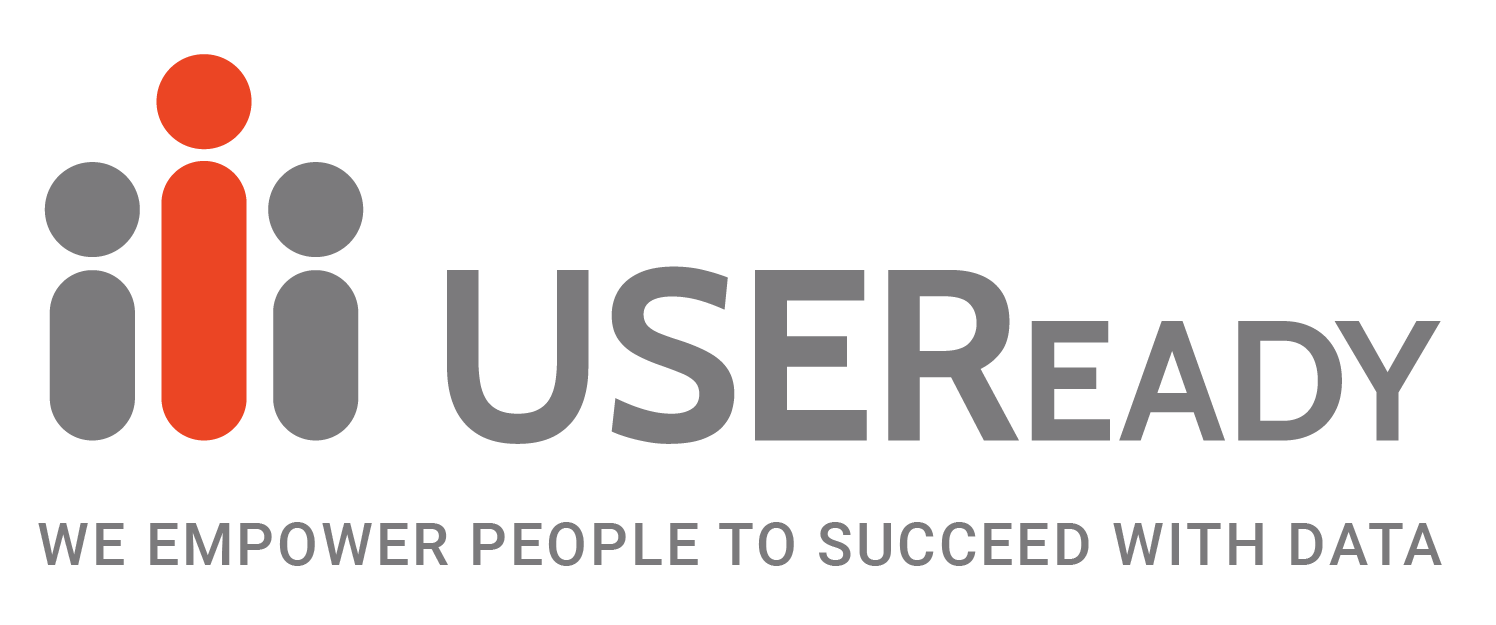
Role-Based Access Control (RBAC) is essential for efficiently managing user access in Snowflake
The discovery phase is crucial for identifying gaps and understanding the current state of your Snowflake environment
RBAC: Best Practices for Security & Efficiency
Role-Based Access Control (RBAC) is essential for efficiently managing user access in Snowflake. In this blog we will walk you through the essentials of automating RBAC within Snowflake, highlighting key phases from discovery to implementation.
Discovery Phase
The discovery phase is crucial for identifying gaps and understanding the current state of your Snowflake environment.
Identifying Gaps
Key Activities
Design Phase
- In the design phase, document gaps identified in the current state and create models representing the Snowflake hierarchy. Prepare documentation and develop an Excel template to design the RBAC matrix and streamline the creation of objects and roles.
Implementation Phase
- Execute the plan to automate RBAC by following the steps outlined above.
Why Automating RBAC Is Important for Organizations
Automating RBAC fosters a secure, efficient, and well-organized data environment.
The main advantages include:
Automating RBAC in Snowflake enhances security and simplifies user management.
By following these steps, organizations can build a robust access control system that keeps their data environment secure and scalable.


